Multiprotocol Modules and SoCs
Live Chat
Need Help?
Privacy PolicyFuture-Ready Wireless Without the Complexity
Multiprotocol MCU Products
Our multiprotocol MCU families support a variety of wireless and wired technologies running on Arm® Cortex®-based cores and available in a variety of memory and packages. Click or tap on any dark blue box to learn more about what each family has to offer.
Advanced Connectivity and Exeptional Scalability in One IC
Introducing the PIC32-BZ6 MCU family, now available for early access. This powerful MCU is equipped with 2 MB of Flash, 512 KB of RAM and support for Bluetooth, Thread and Matter wireless standards.
It also offers a rich set of peripherals, including touch and graphics, CAN FD and Ethernet. All these features make it a good fit for complex industrial automation, smart building, and automotive applications.
Why Design With Our Multiprotocol MCU Modules and SoCs?
Flexible Connectivity
Connect with confidence using Bluetooth LE, Thread, Matter and proprietary protocols. Our products deliver seamless multiprotocol support all in a single IC.
Versatile Peripherals
With up to 54 GPIOs, it’s easy to add features that set your application apart. Our multiprotocol MCUs supports a rich set of peripherals including touch, motor control and CAN FD.
Wireless Made Easy
Accelerate time to market with proven reference design packages, regulatory-certified RF-ready modules and support for MPLAB® and Zephyr® development environments.
Layered Security
We keep your designs secure through multiple layers of protection inclduing secure boot, which prevents your device from being taken over by unauthorized software.
Tools and Software
- Demo & Evaluation Boards
- Development Environments
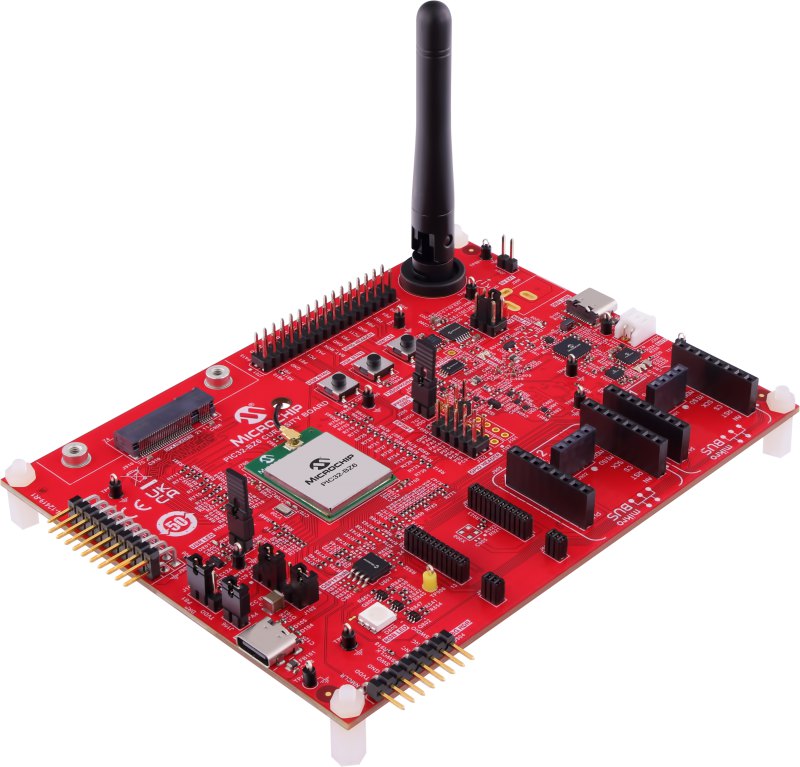
PIC32-BZ6 Curiosity Board enables rapid prototyping with Bluetooth LE, Thread, CAN FD, Ethernet, motor control and touch for smart home, industrial and automotive designs.
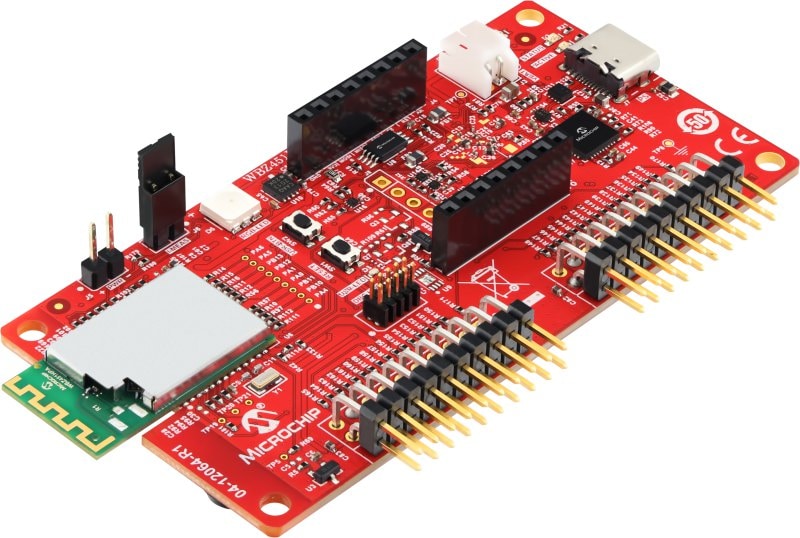
The WBZ451HPE Curiosity board is an all-in-one development platform that you can use to evaluate WBZ451H high-power modules.
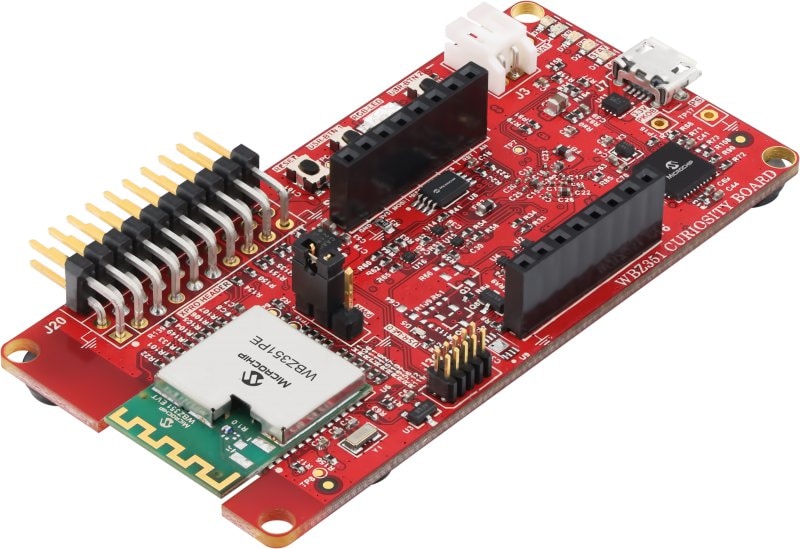
The PIC32CX-BZ3 and WBZ35x Curiosity board is an all-in-one development platform that you can use to evaluate PIC32CX-BZ3 SoCs and WBZ35x modules.
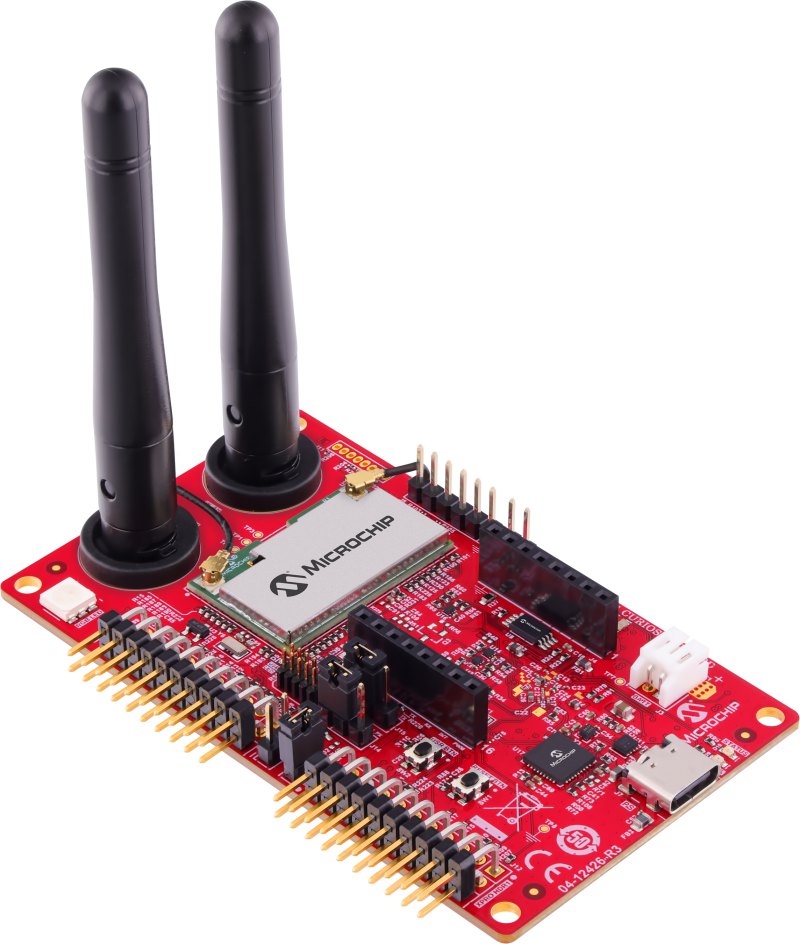
The PIC32WM-BW1 Curiosity Board enables rapid prototyping for Wi-Fi and Bluetooth IoT applications with advanced security and expansion options.

MPLAB X IDE is a highly configurable software platform that provides powerful, free tools for developing, debugging and qualifying embedded designs that use microcontrollers and digital signal controllers.
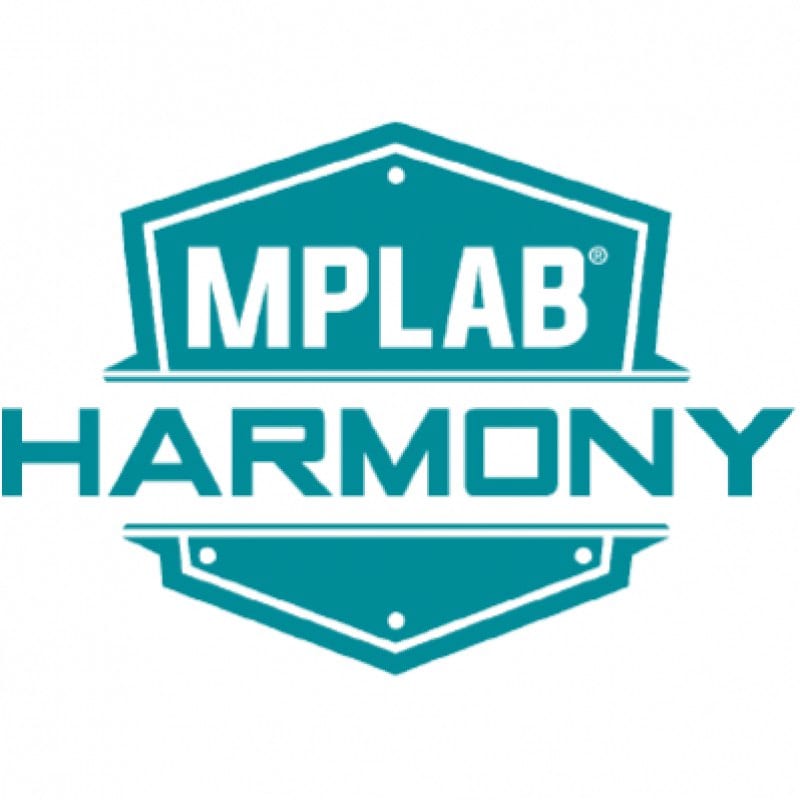
MPLAB® Harmony is a modular framework that provides interoperable firmware libraries for application development on 32-bit microcontrollers and microprocessors.
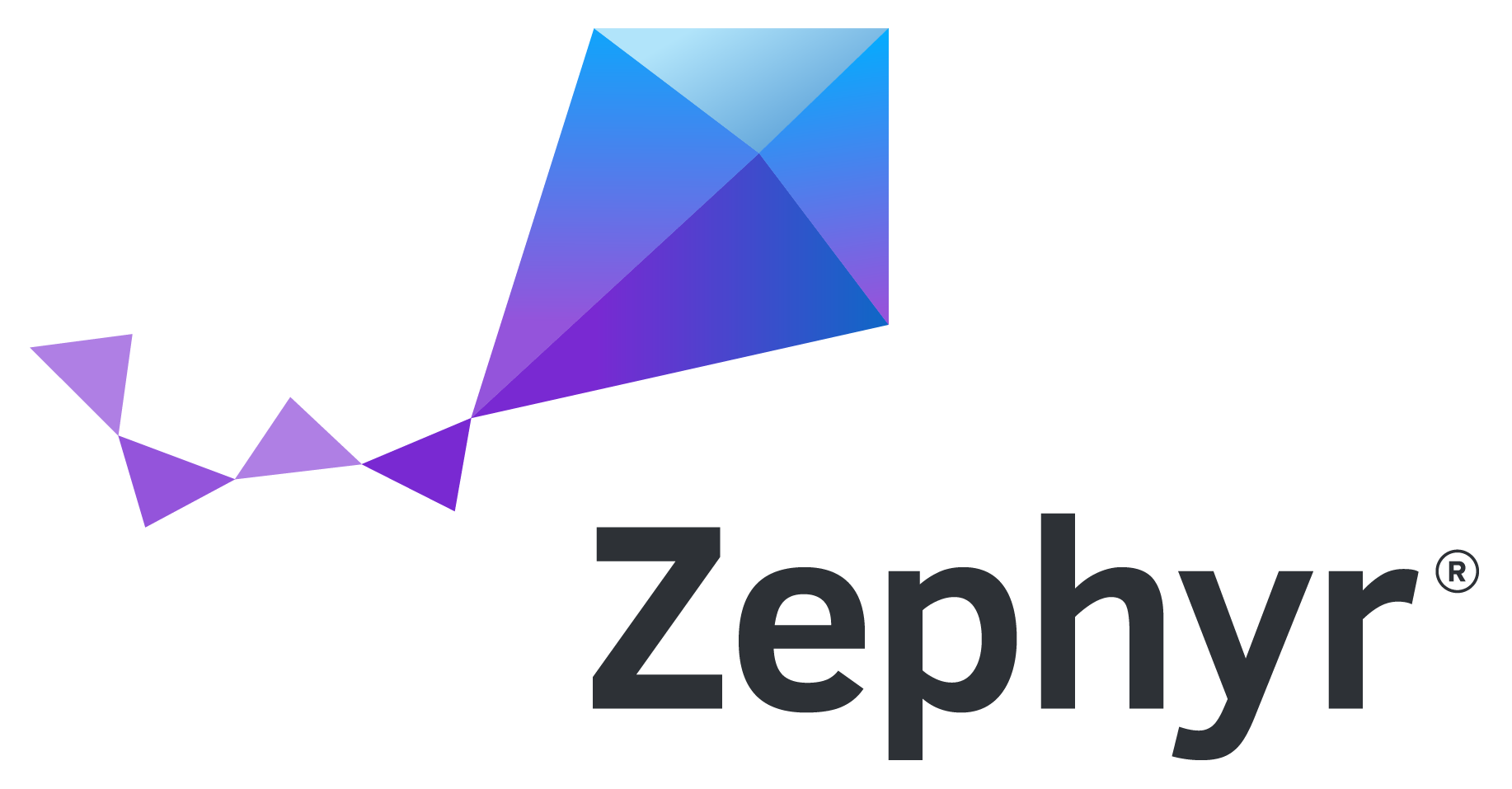
Zephyr® is an open-source Real-Time Operating System (RTOS) designed to power a wide range of devices.
Design Resources
- Application Examples
- Other Resources

Smart Warehouse
This project showcases the potential of smart environments. Follow this example to build an end-to-end solution including a Thread gateway that connects various IoT devices to the cloud.
AIoT Solutions for Industry 4.0
Harness the power of AI and IoT for industrial environments. The demo collects data via a mesh-based sensor network while controlling a robot arm and reporting data to the cloud.
And Many More
Explore our growing library of application examples, documentation and videos available through MPLAB® Discover.
Mobile App and Source Code
If your application requires a smartphone interface, we provide a mobile app and source code to get you started.
MCPRT3 Radio Test Tool
Use this Windows®-based software to test your RF configuration during development, certification and production.
Design Check Service
Our MicroCHECK design service is available at no charge to customers who have selected our wireless devices for their applications.
Are You New to Working with Multiprotocol MCUs?
Build your first multiprotocol wireless application with Building Blocks, our step-by-step development guide. No wireless experience is required.

Is Multiprotocol Right for Your Project?
- Why Multiprotocol?
- Benefits
Why Choose a Multiprotocol Device?
Wireless products are everywhere: homes, businesses and even industrial settings. Because there isn’t a single wireless technology that can “do it all,” these devices are using many different standards, adding complexity to IoT product development.
The issues only grow when you try to get all these different devices using different wireless technologies to work together. That’s why there is growing interest in multiprotocol solutions.
A chip that can handle multiple protocols is a versatile powerhouse, unlocking a world of possibilities. They are a streamlined and economical solution to an increasingly complicated problem.
Multiprotocol modules and SoCs can bridge the gap between these different technologies and device networks creating unity among IoT devices.

Multiprotocol Wireless Benefits
Wireless modules or SoCs with multiprotocol functionality offer several benefits, including ease of use, cost and performance. Using a multiprotocol device can:
- Decrease the number of components that are needed in a system, which reduces design difficulty and cost
- Result in improved performance because it allows devices to communicate with each other more efficiently
- Be used to bridge systems that use different protocols, which simplifies the integration of different systems and devices
Multiprotocol wireless applications offer the flexibility needed to perform in a range of environments while being adaptable to evolving markets. These capabilities help you build IoT devices that not only meet today’s needs but are ready for the future.
